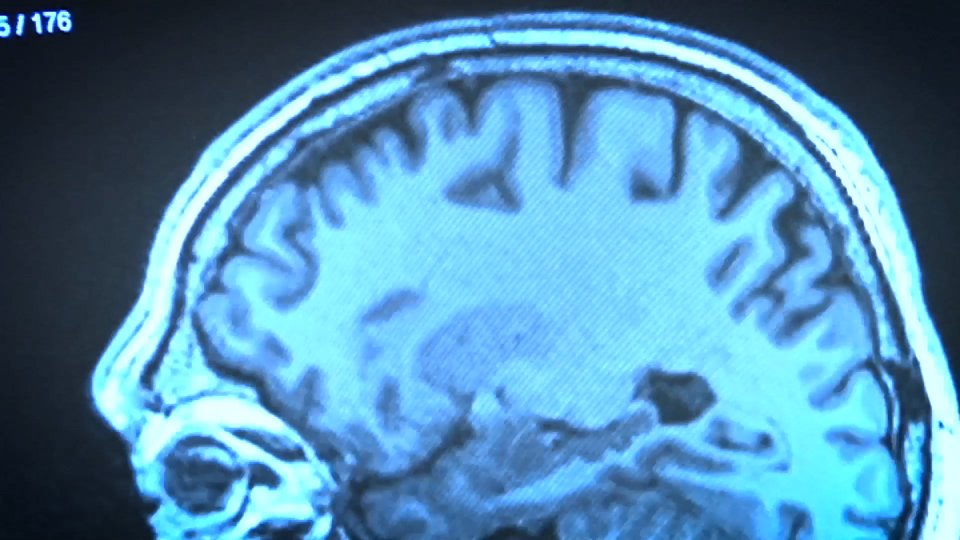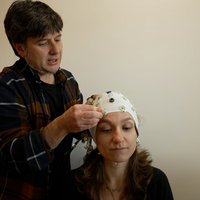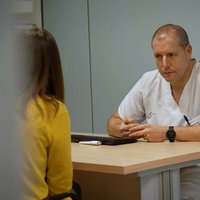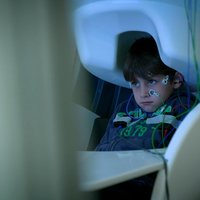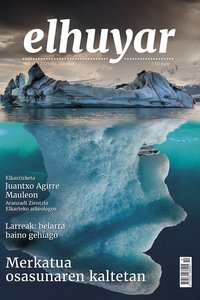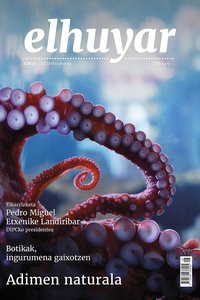Neurotechnologies at the service of health
Significant advances in the field of neurotechnologies are foreseen in the short term, which could be important for improving the lives of many people. This is being done by several research centers in the Basque Country, including Tecnalia of the BRTA alliance and CIC Biomagune.
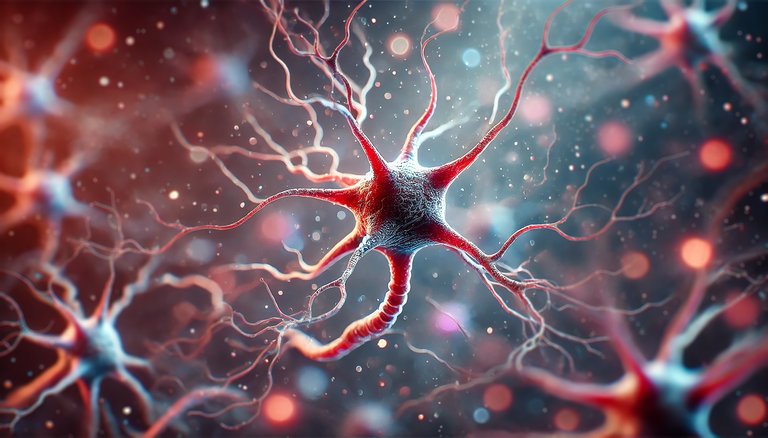
The Nanoneuro project combines nanoscience and neuroscience. The aim is to design and develop new methods based on nanoscience to detect and modify neuronal activity. The project is led by DIPC, which also includes the Tecnalia Technology Centre. Specifically, at Tecnalia, technology is being developed to help people who have lost some function through brain-machine interfaces and neuroprostheses.
The key lies in neuroplasticity, which is the brain’s ability to reorganize itself. "It's like a road network: if a bridge suddenly closes due to an accident, you can reach your destination by other means," explains Ander Ramos Murguialday, a researcher at Tecnalia.
One way to create new connections in the nervous system is by reaction of action. “Through neurotechnology, the activity of the nervous system is recorded and influenced in the nervous system,” says Ramos. “And so, by modulating what you see and what you stimulate, you can create more or less connections.”
The activity of the brain is recorded by means of implants or electroencephalography, which is then to be interpreted. It is done through algorithms. “We try to understand what the patient wants to do and decode it.” Then, using the technology, the command is executed.
Ramos gives an example of a person who can't move an arm. “We decode the intention of movement; that is, where it wants to move. If we then accompany this movement with an exoskeleton through the action-reaction law, connections are created.” Thus, in an abstract way, the person learns to control the exoskeleton. The arm will be moved by a machine, but the command will be given by the patient's brain through a brain-machine interface.
In other cases, electronic devices may be placed in the nervous system. These are neuroprostheses. “It is possible to estimate the muscles of a patient with a spinal cord injury, for example through functional electrical stimulation in the nerve,” explains Ramos.
Reconnecting the spinal cord
The goal of the Reconnect project is to restore mobility to people with spinal cord injuries. The Carbon Bionanotechnology team of CIC Biomagune and the Biogipuzkoa Health Research Institute collaborate on this project.
When there is an injury to the spinal cord, communication between the brain and the nerves of the body is disrupted. “When we have an injury, the astrocytes try to cover the wound and create a scar composed of glia, a completely insulating layer,” explains researcher Núria Alegret Ramón. The signal from the brain can't get through that scar.
“Our hypothesis is that if we can reconnect the cable, we will be able to recover the functions,” says Alegret. “We need to get the information through that glial insulating scar, and for that we can use conductive materials.”
They're working with carbon nanotubes. “Neurons have a kind of filaments called neurites, through which they connect to each other. Nanotubes are very similar to the filaments of neurons and, as we now know, the neuron accepts the nanotubes as its own.”
Carbon nanotubes, however, cannot be inserted directly into the body, but must be placed in a matrix or structure to be inserted into the lesion as an implant. At CIC Biomagune they have managed to create materials that are composed of 85% nanotubes. “We inject it into the lesion itself,” says Alegret, “and wait for the nanotubes to do their magic.”
So far, they're working with rats. Unlike humans, rats can restore injuries to the central nervous system on their own, but with the help of nanotubes they have been found to heal four times faster. However, they will still have to take many steps to test the material in humans; they will first test larger animals and then try to get permits to start clinical sessions.
Buletina
Bidali zure helbide elektronikoa eta jaso asteroko buletina zure sarrera-ontzian




